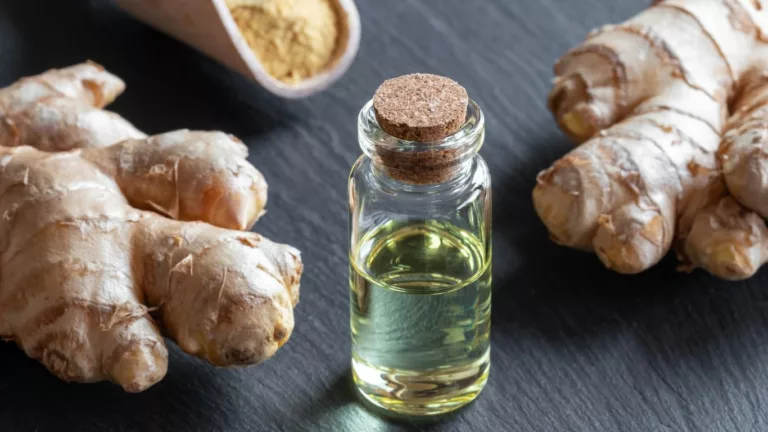Manage Rheumatoid Arthritis Pain Without Narcotics: Effective Tips
Living with rheumatoid arthritis (RA) can be a daily challenge, especially when it comes to managing the pain that comes with it. If you’ve been diagnosed with RA, you’re probably familiar with the constant joint stiffness, swelling, and sometimes debilitating discomfort. I’ve spent years helping patients navigate these symptoms and improve their quality of life, but one thing I’ve learned is that managing pain without relying on narcotics is not only possible but often preferable.
Narcotics may offer short-term relief, but they come with a whole host of side effects and long-term complications. So, let’s explore how we can manage pain more naturally and effectively, without turning to prescription painkillers.
Understanding Rheumatoid Arthritis: What It Is and How It Affects Your Body

Before diving into pain management techniques, it’s important to have a clear understanding of what rheumatoid arthritis is. RA is an autoimmune disease where your body’s immune system mistakenly attacks the joints, causing inflammation. This can lead to chronic pain, stiffness, and damage to the joints over time. It’s different from osteoarthritis, which is mainly caused by wear and tear on the joints. In RA, your body’s immune system becomes the culprit, and the pain can often feel like it’s never-ending. And when you’re living with that kind of pain, it’s easy to see why many people turn to narcotics as a quick fix.
Why You Might Want to Avoid Narcotics for RA Pain
While narcotics can provide temporary relief, relying on them comes with serious drawbacks. For one, they’re highly addictive, which can lead to dependence over time. Not to mention, narcotics don’t actually address the root cause of your pain. They mask the symptoms, but they don’t do anything to slow down the progression of the disease. So, you might find that even though the pain is temporarily managed, your overall condition might worsen. That’s why many people with RA, including myself, prefer to explore other, more sustainable ways to manage pain.
Non-Medication Pain Relief Techniques for Rheumatoid Arthritis
Now, let’s get to the good stuff—how to manage that pain without reaching for narcotics. There are several strategies that can help keep pain at bay, and they’re often much more effective than relying on pills alone. In my practice, I’ve seen patients have great success with some of these methods. Let me share a few of the best non-medication techniques for managing RA pain:
1. Physical Therapy and Movement
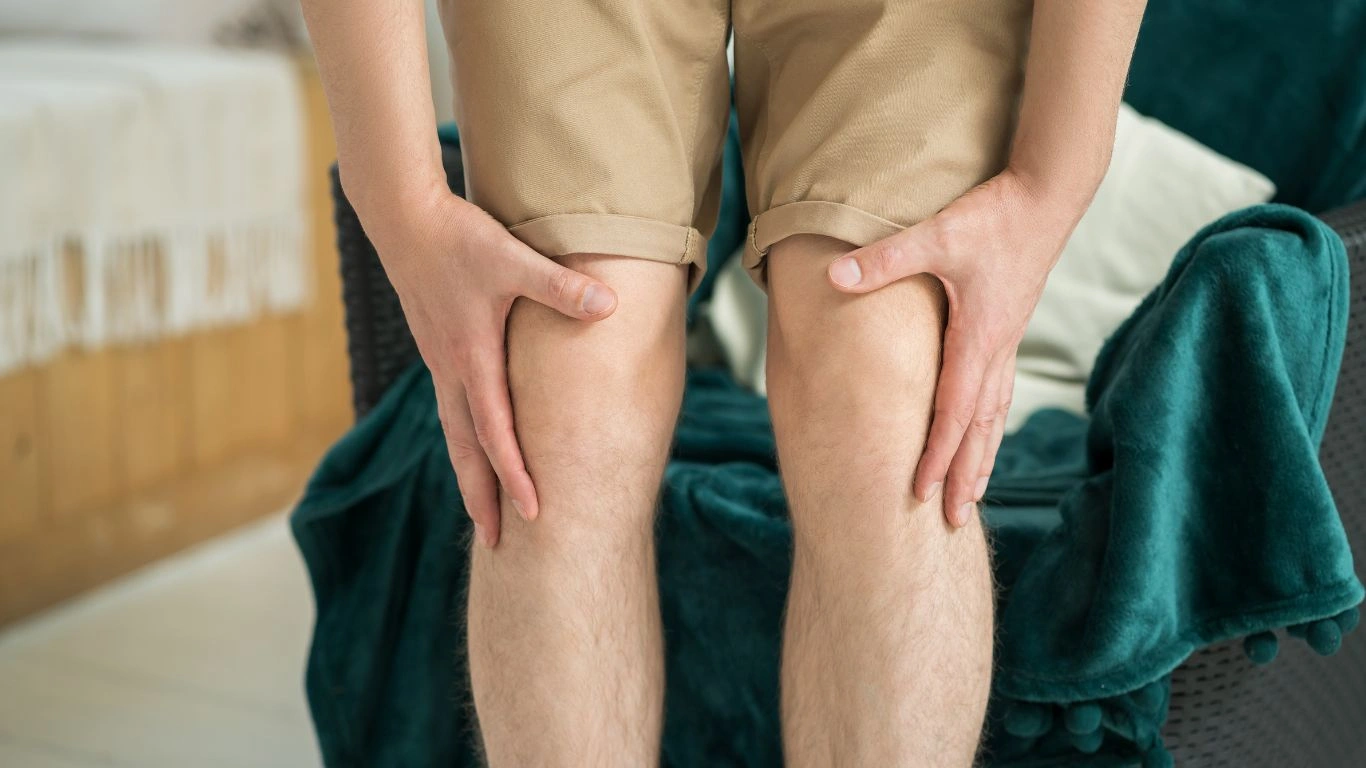
One of the best ways to manage RA pain is through physical therapy and regular movement. I know, I know—when you’re in pain, the last thing you probably want to do is move around. But hear me out: gently exercising and stretching can help keep your joints flexible and reduce stiffness. Physical therapists are great at creating individualized plans to help you move without causing further strain on your joints.
Exercises like swimming, yoga, and tai chi are especially helpful. These low-impact exercises can increase your flexibility and strength while reducing the stress on your joints. Plus, you’ll feel the mental benefits as well. Moving your body helps release endorphins, those feel-good hormones that can act as natural painkillers.
2. Heat and Cold Therapy
Another fantastic way to manage pain without narcotics is heat and cold therapy. I’ve had many patients swear by the soothing effects of a warm compress or ice pack on their sore joints. Heat therapy increases blood flow to the area, which can help relax tense muscles and ease stiffness. Cold therapy, on the other hand, helps numb the pain and reduces inflammation.
It’s important to experiment with both to see what works best for you. Some people find that heat works better in the mornings to loosen up their joints, while others prefer cold compresses at night to reduce swelling after a long day.
3. Diet and Nutrition: Fueling Your Body for Healing
What you put into your body can have a huge impact on how you feel with RA. Certain foods can actually help reduce inflammation, while others can make it worse. I always recommend my patients focus on an anti-inflammatory diet. This means cutting back on processed foods, sugary snacks, and unhealthy fats. Instead, load up on nutrient-dense foods like leafy greens, berries, fatty fish (like salmon), nuts, and whole grains.
There are also certain supplements, like omega-3 fatty acids, turmeric, and ginger, that are known for their anti-inflammatory properties. I’ve seen firsthand how these natural compounds can help reduce swelling and pain over time. But remember, a healthy diet isn’t a quick fix—it’s a long-term strategy to help keep your inflammation in check and improve your overall health.
4. Stress Management and Mental Health
Living with RA is emotionally and mentally draining. Chronic pain can affect your mood, energy, and overall well-being. That’s why stress management is so important when managing pain. High levels of stress can actually make your pain worse by triggering inflammation and tightening your muscles. It can create a vicious cycle where the pain increases, which in turn causes more stress, and the cycle continues.
That’s why I always recommend incorporating stress-reducing techniques into your daily routine. Practices like meditation, mindfulness, deep breathing, and even journaling can have a big impact on how you cope with pain. Taking the time to relax and clear your mind helps break that stress-pain cycle and can make your RA symptoms feel more manageable.
5. Support Groups and Community
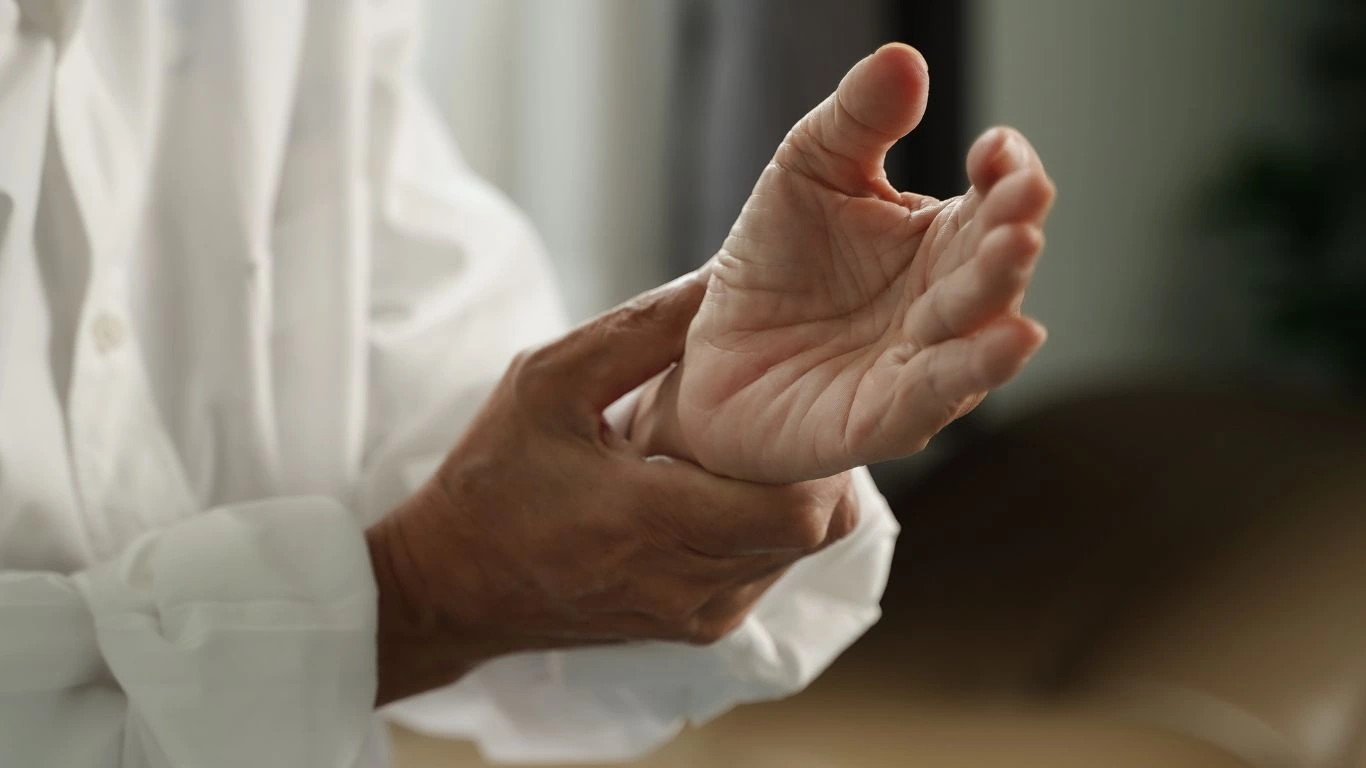
Finally, one of the most important aspects of managing RA pain without narcotics is emotional support. Connecting with others who are going through the same thing can provide immense relief. Whether it’s a local support group or an online community, sharing your experiences and learning from others can make you feel less isolated and more empowered. It’s comforting to know that you’re not alone in this journey.
Support groups can also provide practical advice for managing your pain in ways that you might not have considered. Plus, the emotional benefits of talking about your struggles and successes can make a huge difference in your overall well-being.
Medication Alternatives: Exploring Non-Narcotic Options for RA Pain
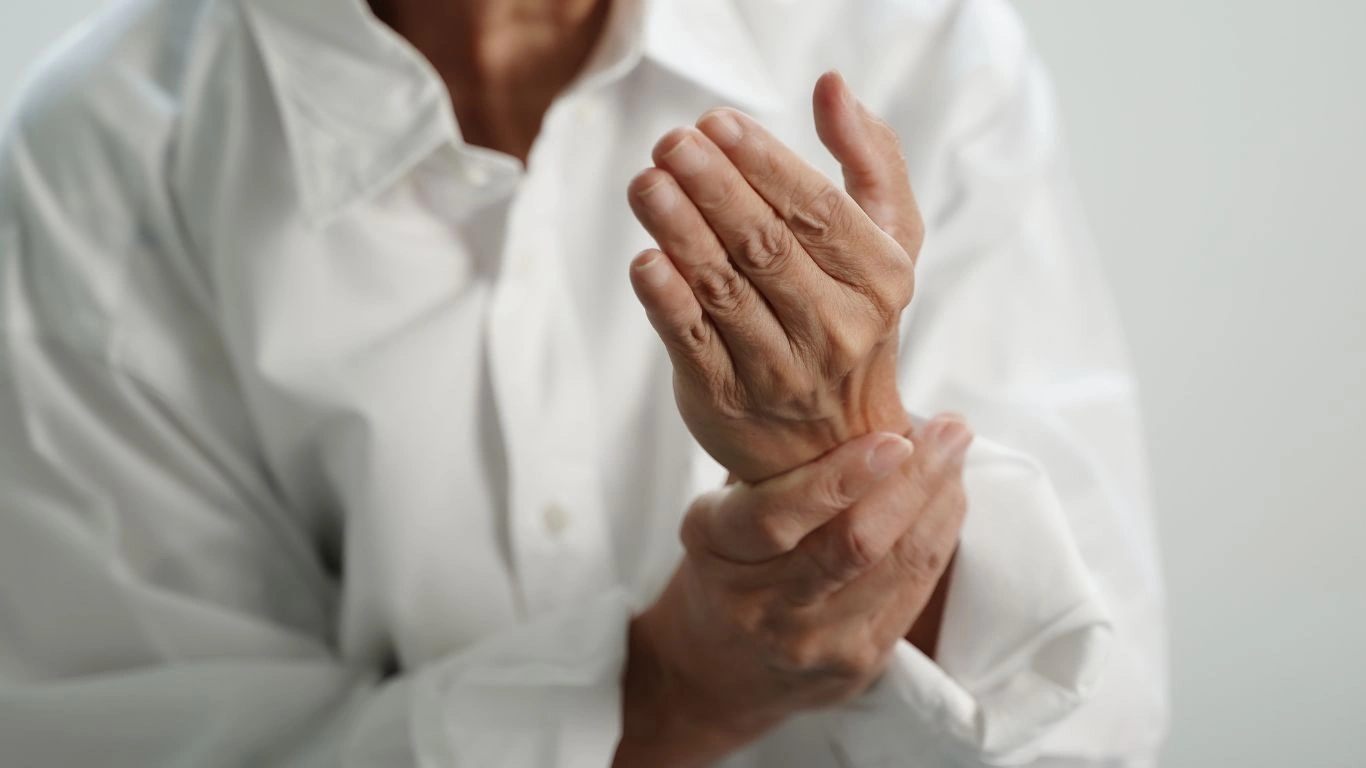
When it comes to managing rheumatoid arthritis pain, medications are often a go-to option for many people. But if you’re looking for ways to reduce your reliance on narcotics, there are actually several other medications out there that can provide significant relief. I’ve worked with many patients who have successfully transitioned to these non-narcotic alternatives, and I can personally attest to their effectiveness when used properly.
1. Disease-Modifying Antirheumatic Drugs (DMARDs)
DMARDs are a cornerstone in the treatment of RA, as they not only help control pain but also slow the progression of the disease. These medications work by targeting the underlying immune system dysfunction that causes inflammation. Methotrexate is the most commonly prescribed DMARD, and for good reason. It can help reduce both pain and swelling while preventing further joint damage.
For patients who don’t respond well to methotrexate, there are other DMARDs available, including sulfasalazine and hydroxychloroquine. These drugs may not always work as quickly as narcotics, but they can be incredibly effective over time. The key with DMARDs is consistency—taking them as prescribed, even when you’re not feeling intense pain, can really make a difference in the long run.
2. Biologic Medications: Targeting Inflammation at the Source
Biologics are another class of medications that can help with RA pain, and they’ve been a game-changer for many of my patients. These drugs are designed to target specific parts of the immune system that contribute to inflammation, which is the root cause of RA pain. Biologics like adalimumab (Humira), etanercept (Enbrel), and infliximab (Remicade) are examples of these medications, and they can be incredibly effective for people whose RA is more severe or resistant to traditional DMARDs.
One of the things I love about biologics is that they’re often used in combination with DMARDs to help control pain and inflammation. While they do come with a higher cost and sometimes require injections, the benefits can be well worth it for many individuals. It’s all about finding the right combination of medications to suit your body’s needs.
3. Non-Steroidal Anti-Inflammatory Drugs (NSAIDs)
If you’re looking for a quick fix, NSAIDs are often the first line of defense when it comes to managing RA pain. These medications work by reducing inflammation, which helps to decrease pain and swelling in the joints. Common over-the-counter NSAIDs like ibuprofen (Advil) and naproxen (Aleve) are often the go-to for many people with RA.
However, while NSAIDs can be effective for short-term pain relief, they do come with some potential risks if used long-term. For example, prolonged use of NSAIDs can lead to stomach issues, kidney problems, and other side effects. That’s why I always recommend using these medications sparingly and under the guidance of your healthcare provider.
Alternative Therapies: Natural Ways to Alleviate RA Pain
In addition to medications, there are several natural therapies that can help manage RA pain without resorting to narcotics. Over the years, I’ve seen patients achieve remarkable results using a combination of lifestyle changes and complementary therapies. These methods may not work for everyone, but they’re definitely worth exploring.
1. Acupuncture
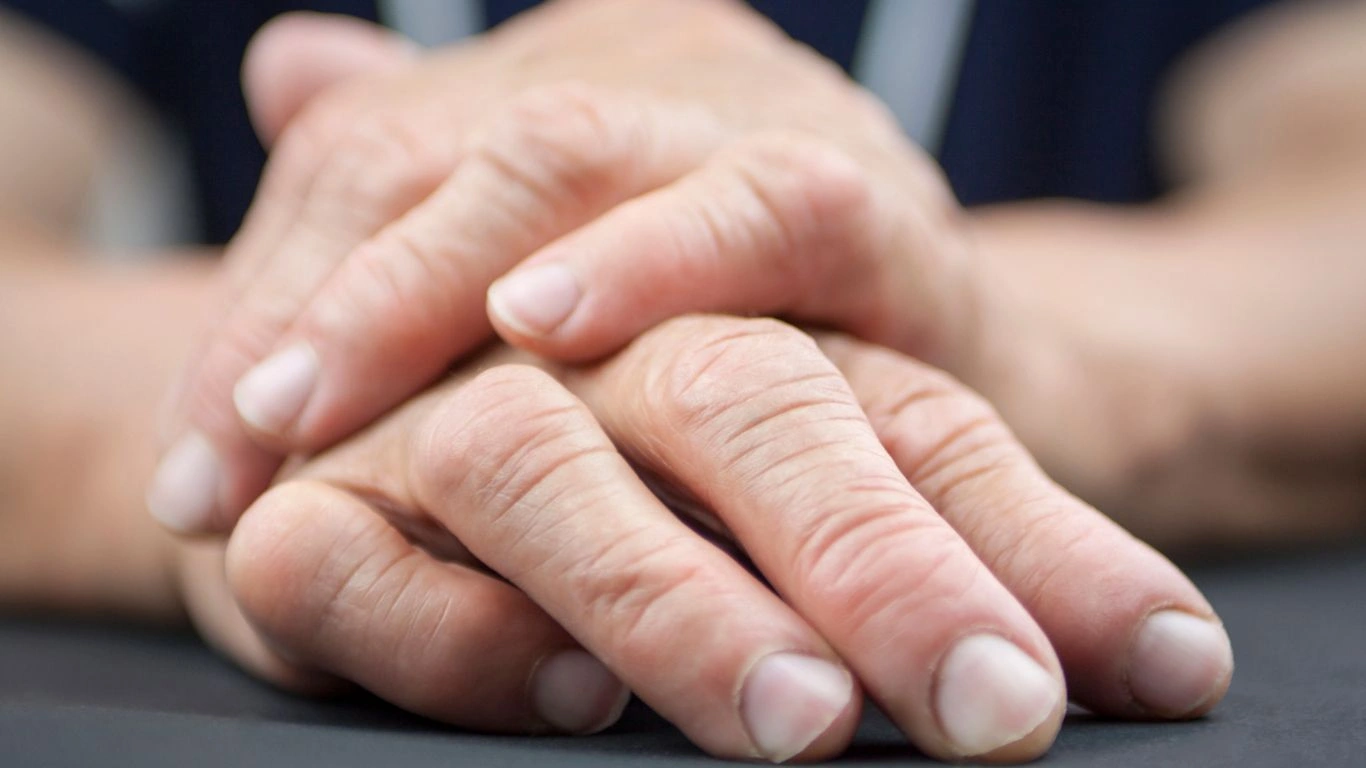
Acupuncture is one of those therapies that sounds a bit intimidating at first, but I’ve seen it work wonders for many patients. It involves inserting tiny needles into specific points on your body to stimulate the flow of energy, or “qi,” which can help reduce pain and inflammation. While there’s still ongoing research about how acupuncture works, many people with RA find relief after just a few sessions.
One of the reasons acupuncture is so effective is that it promotes the release of endorphins, the body’s natural painkillers. It can also improve circulation and reduce muscle tension, both of which can help with RA pain. If you’re open to trying something new, acupuncture could be worth looking into as part of your pain management plan.
2. Massage Therapy
Massage therapy is another great alternative for relieving RA pain. Whether you choose a gentle Swedish massage or a more focused deep tissue session, massage can help relax tight muscles, improve circulation, and reduce inflammation in the joints. Plus, it’s a fantastic way to reduce stress and promote relaxation, which is often key to managing chronic pain.
I’ve had several patients tell me that regular massage therapy sessions help them feel more mobile and less stiff, particularly in the morning when joint stiffness is often at its worst. If you decide to try massage, be sure to seek out a therapist who is familiar with rheumatoid arthritis and knows how to adjust their techniques to avoid exacerbating your symptoms.
3. Mind-Body Techniques: Meditation and Yoga
When you’re in constant pain, it can be easy to feel mentally overwhelmed. That’s where mind-body practices like meditation and yoga can play a significant role in managing RA pain. These practices focus on connecting your mind and body, helping to reduce stress, improve flexibility, and calm the nervous system.
Personally, I’ve seen firsthand how meditation and yoga can help patients feel more in control of their bodies and less at the mercy of their pain. Both of these techniques are gentle on the joints and can be adapted to suit your specific needs. Even just a few minutes of deep breathing or mindfulness each day can help manage pain and reduce stress levels.
4. Hot and Cold Compresses: The Old-School Solutions

While it might sound simple, using hot and cold compresses is one of the oldest and most effective ways to manage RA pain without narcotics. Heat can help loosen up stiff joints, improve blood circulation, and relax muscles, while cold can numb the pain and reduce swelling. The key is to find what works best for you and your symptoms.
For example, if your joints are feeling particularly stiff in the morning, a warm shower or heating pad can help get you moving. If you experience swelling after physical activity, an ice pack may be just what you need to reduce inflammation. Keep a set of compresses on hand, and use them as needed throughout the day to keep pain levels under control.
Alternative Pain Management: Exploring Holistic Approaches for Rheumatoid Arthritis
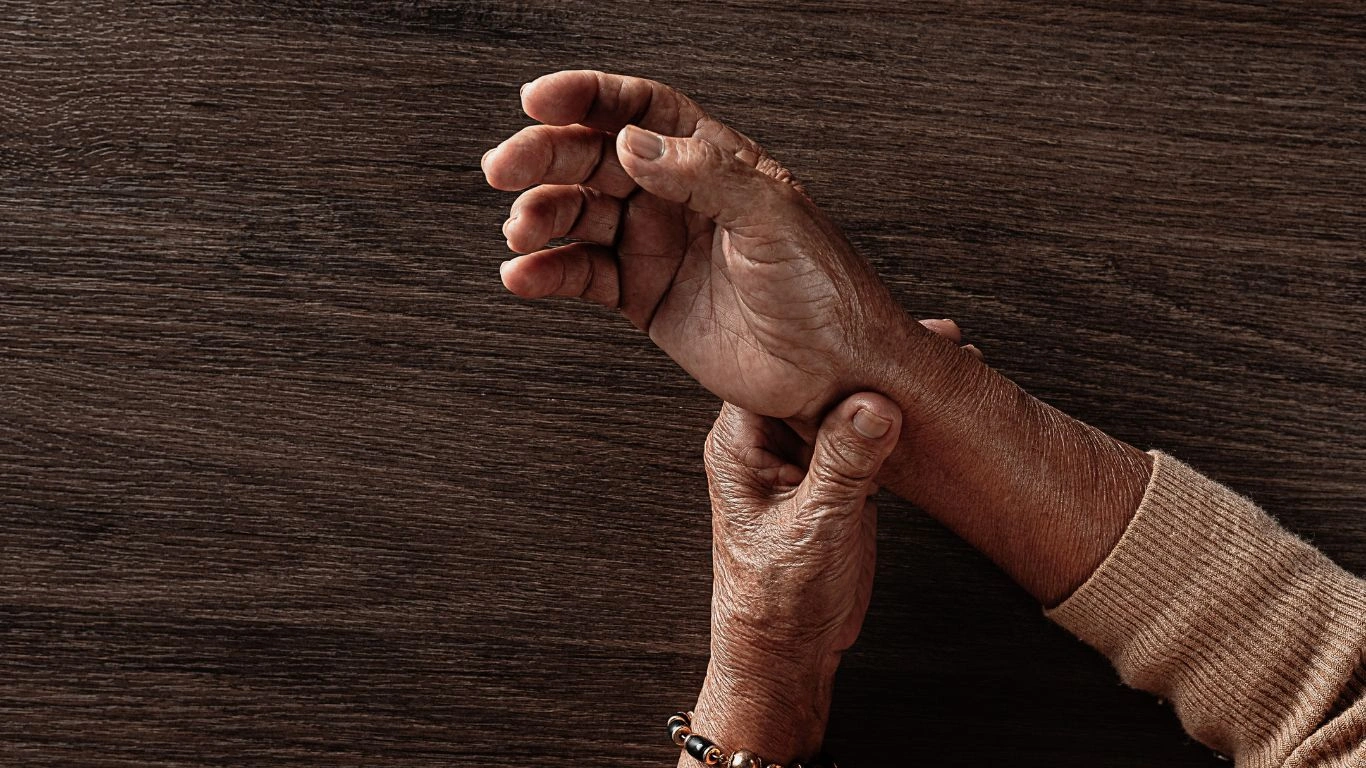
As we continue to explore the different ways of managing rheumatoid arthritis (RA) pain without narcotics, it’s important to take a holistic approach to your health. By focusing on the entire body—both physically and mentally—you can improve your pain management and overall quality of life. Over the years, I’ve seen that combining traditional treatments with holistic practices can provide the best results. Whether you’re dealing with joint stiffness or fatigue, these holistic methods can make a real difference.
1. Chiropractic Care: Alignment Matters
Chiropractic care is another option for managing RA pain that many people overlook. When most people think of chiropractors, they usually associate them with spinal adjustments. However, chiropractic care can offer relief for more than just back pain. It can help with joint alignment, reduce inflammation, and relieve the pressure on your muscles and nerves that comes with chronic conditions like rheumatoid arthritis.
In my experience, many RA patients find relief from stiffness and pain after seeing a chiropractor. The key here is to work with a chiropractor who is familiar with RA and knows how to adjust the treatment based on your specific condition. Misalignment in other parts of your body can lead to compensatory movements that increase stress on your affected joints, making chiropractic care a helpful part of an overall RA treatment plan.
2. Essential Oils and Aromatherapy: Natural Relief
If you’re looking for something a little more soothing, essential oils and aromatherapy can be an excellent addition to your pain management routine. Some oils, like lavender, eucalyptus, and peppermint, have anti-inflammatory and pain-relieving properties that can help calm your body and mind. You can use them in diffusers, apply them topically (diluted with a carrier oil), or even add a few drops to your bath for an added sense of relaxation.
Aromatherapy is more than just about scent—it’s about creating an environment of peace and comfort. I’ve recommended essential oils to many patients as a way to support their other treatments. Inhaling certain oils or massaging them into the skin can help ease joint discomfort, reduce stress, and improve sleep quality. And honestly, who doesn’t love a good aromatherapy session to unwind?
3. Managing Fatigue: A Common but Overlooked RA Symptom
Along with the physical pain of RA, fatigue is one of the most common yet underappreciated symptoms. The exhaustion that comes with autoimmune diseases like RA can make it difficult to function day-to-day. It’s not just about feeling tired; it’s a deep, all-encompassing fatigue that can affect both your physical and mental energy levels. Managing this fatigue is key to improving your overall quality of life.
One of the best strategies to combat RA-related fatigue is pacing yourself. Instead of pushing through the day, I encourage my patients to break tasks down into manageable chunks. Don’t be afraid to take short breaks throughout the day, and always listen to your body. If you’re feeling drained, give yourself permission to rest. This can also mean rethinking your priorities and adjusting your schedule so you don’t overexert yourself.
Other ways to manage fatigue include improving your sleep hygiene. Chronic pain can interfere with sleep, but poor sleep only worsens fatigue. Creating a calming bedtime routine, limiting screen time before bed, and sleeping in a cool, dark room can all improve the quality of your sleep. I’ve seen how something as simple as making sleep a priority can help RA patients manage their energy levels much better.
Preventing Further Joint Damage: Protecting Your Joints Long-Term
Managing RA pain is important, but so is preventing long-term joint damage. RA can cause permanent damage to the joints if not treated properly, which is why it’s essential to stay proactive about your joint health. In addition to the pain management strategies we’ve already covered, there are a few steps you can take to protect your joints and reduce the risk of further damage.
1. Joint Protection Techniques
One of the simplest ways to protect your joints is by using joint protection techniques throughout your daily routine. This includes things like using assistive devices (such as grabbers or jar openers), practicing proper body mechanics when lifting or carrying items, and wearing supportive footwear. For those with wrist or hand involvement, splints or braces can also provide added support and help reduce strain on the joints.
In my practice, I’ve worked with many patients to develop customized strategies that fit their individual needs. For example, if you have knee involvement, using a knee brace during physical activity can help reduce stress on the joint and prevent damage. Even small adjustments like these can have a big impact on protecting your joints from further wear and tear.
2. Maintaining a Healthy Weight
Another important factor in joint protection is maintaining a healthy weight. Excess weight puts added pressure on weight-bearing joints, such as the hips and knees, which can exacerbate RA pain and increase the risk of joint damage. By focusing on a balanced, anti-inflammatory diet and staying active, you can reduce this extra burden on your joints.
In fact, even a small reduction in body weight can have significant benefits for people with RA. I’ve seen countless patients experience less pain and improved mobility after losing even a few pounds. The key is to approach weight management in a sustainable way, combining healthy eating habits with regular physical activity that’s appropriate for your condition.
References and Additional Resources
For more information on rheumatoid arthritis and managing pain without narcotics, check out these trusted resources:
- Rheumatoid Arthritis Information from the Mayo Clinic
- The Arthritis Foundation
- National Institute of Arthritis and Musculoskeletal and Skin Diseases
Keep in mind that managing rheumatoid arthritis is a personalized journey. What works for one person may not work for another, so it’s crucial to work closely with your healthcare team to develop a treatment plan that suits your needs and lifestyle. As a RA expert, my advice is always based on years of clinical experience, but your unique symptoms and health concerns should guide your choices too.
Disclaimer
The information provided in this article is for informational purposes only and is not intended to replace medical advice, diagnosis, or treatment from a qualified healthcare provider. Always consult with your doctor before starting any new treatment or making changes to your current management plan. The suggestions offered here are based on professional experience and general knowledge of rheumatoid arthritis, but your treatment plan should be tailored to your specific needs.

Tarra Nugroho is a dedicated Nurse Practitioner with a strong foundation in family and preventive care. She brings both compassion and clinical expertise to her practice, focusing on patient-centered care and health education. As a contributor to Healthusias.com, Tarra translates medical knowledge into clear, empowering articles on topics like women’s health, chronic disease management, and lifestyle medicine. Her mission is simple: help people feel seen, heard, and informed—both in the clinic and through the content she creates. When she’s not caring for patients, Tarra enjoys weekend hikes, plant-based cooking, and curling up with a good health podcast.





